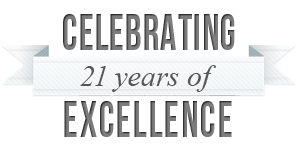As a child growing up in the 1960s, I witnessed the world change in monumental ways, especially for women and minorities. Even two decades later, I was among only a handful of women, and one of a few African American women, in my law school class of 1982.
Today, enrollment at most U.S. law schools paints a far more representative picture. While it’s true that women have made momentous strides in historically male-dominated professions such as business, law, and medicine, federal reports document a puzzling stagnation of women and minority employment in the fields of STEM.
Now more than ever, the STEM workforce is critical to the U.S. economy and global competitiveness. Although women fill close to half of all jobs in the U.S. economy, they hold less than 25 percent of STEM jobs.
As such, it becomes more difficult to source and recruit talent for critical roles in U.S. companies that require STEM degrees because the applicant pool does not include balanced representation. Summarily, I encourage a four-pronged strategy to develop a strong, insightful and capable cadre of STEM professionals to lead America in the 21st century:
First, increasing the number of STEM-capable teachers in K-12 education. Improving the skill set of educators working with young people insures that science and math instruction will provide students with instruction necessary to succeed.
Second, integrating STEM across the education curriculum. By integrating STEM across the educational landscape, the mystery of science and math is lessened. Further, the net is broadened to encourage a wider array of students, increase STEM interest, and improve the number of students who will consider STEM as a professional possibility.
Third, deploying cutting-edge practices to teach STEM education. The rapid expansion of new discoveries in scientific knowledge demand new strategies for teaching, research, and information delivery to the next generation of STEM professionals.
Fourth, developing private-public partnerships to link STEM education with business and industry. By creating partnerships with higher education and K-12 instructors, America will have a ready resource of STEM professionals who are matched to business and corporate needs, while improving the overall pipeline for talent of participating industries and companies.







